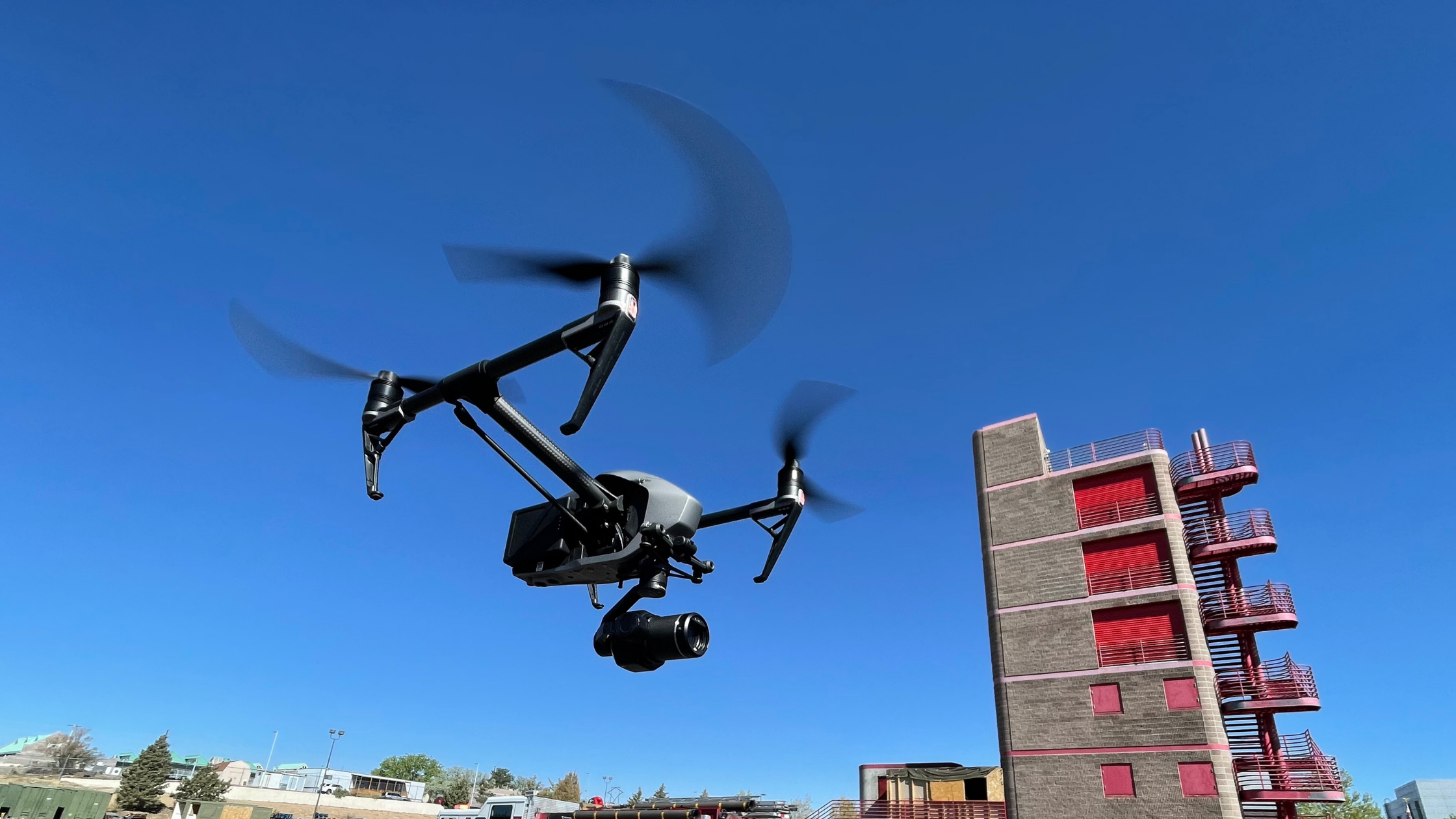The ABCDE Methodology For Avoiding Drone Bird Strikes

You are likely to encounter drone bird strikes for nearly every mission that you fly.
If you are flying near the coastline, you may encounter gulls looking for food.
Urban landscapes have pigeons, sparrows, and swallows
Whereas, hawks, owls, and eagles are commonly found in rural landscapes.
There are some key points when discussing Drone Bird Strikes:
- Displaying predatory behavior, birds tend to come from above or behind.
- Birds like swallows and pigeons act in a group, testing the aggressiveness of the UAS multiple times before a single bird pulls away from its tight formation.
- The likelihood of a drone bird strike increases throughout the day for predatory birds. Predatory birds use thermal currents to conserve energy or hover over feeding grounds, so the cool morning air lessens the probability of strong thermal variations.
In the event of a potential bird attack I try to maintain an easy to remember ABCDE checklist:
Avoid: When possible avoid flocking or predatory birds. Use your UAS’s zoom capabilities to hone in on critical mission objectives from afar.
Boost: By boosting or increasing the rotor noise of your UAS, flocking or predatory birds may remove themselves from your airspace. However rapid movements in direction, elevation, or increase of noise may not deter all birds.
Climb: If aggressive maneuvers don’t work, become the predator by climbing above the encroaching bird(s).
Determine: If all else fails determine an area of safety. Sometimes just removing your UAS from the territory is enough for the typical bird to lose interest.
End: If all else fails it’s best to end the mission and discuss safer mission alternatives.
